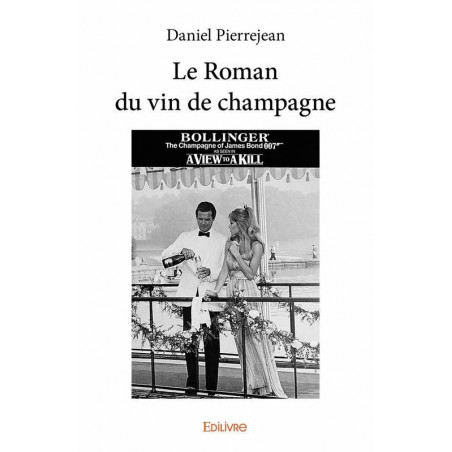



Visa, MasterCard, Amex, Paypal, Scalapay, Chèque ou Virement

à 0,01€ dès 35€ d'achat en France* (sauf Corse & OM)

Livraison à domicile, au bureau ou en Relais Pickup

Depuis plus de trois siècles, aucun vin na connu une destinée comme celle du vin de Champagne. Lélaboration de ce breuvage relève du miracle et ce nest un hasard si un certain moine, Dom Pérignon, fut à son origine. Mais, de là à imaginer quil deviendrait un vin de rois et le roi des vins, il y avait un immense pas à franchir Sur un peu moins de 33.000 hectares sétalant sur plusieurs départements dun climat pourtant froid, son terroir dappellation Champagne produit plus de 300 millions de bouteilles annuellement et un chiffre daffaires de plusieurs milliards deuros. Et lun des miracles du Champagne, cest son assemblage, ce mélange subtil qui fait de lui un nectar et le vin des grandes occasions et des grands événements. La première maison de Champagne Ruinart souvrit dans la ville dÉpernay en 1729. Puis ce fut Moët, quelques années plus tard. Depuis lors, la grande maison de Champagne a rejoint lunivers du grand luxe en sassociant au groupe Louis Vuitton - Moët Hennessy. Son développement exponentiel va-t-il sarrêter là ? Certains le pensent en raison notamment des bouleversements climatiques. Dautres estiment au contraire quil saura sadapter à une nouvelle donne Espérons
Fiche technique
